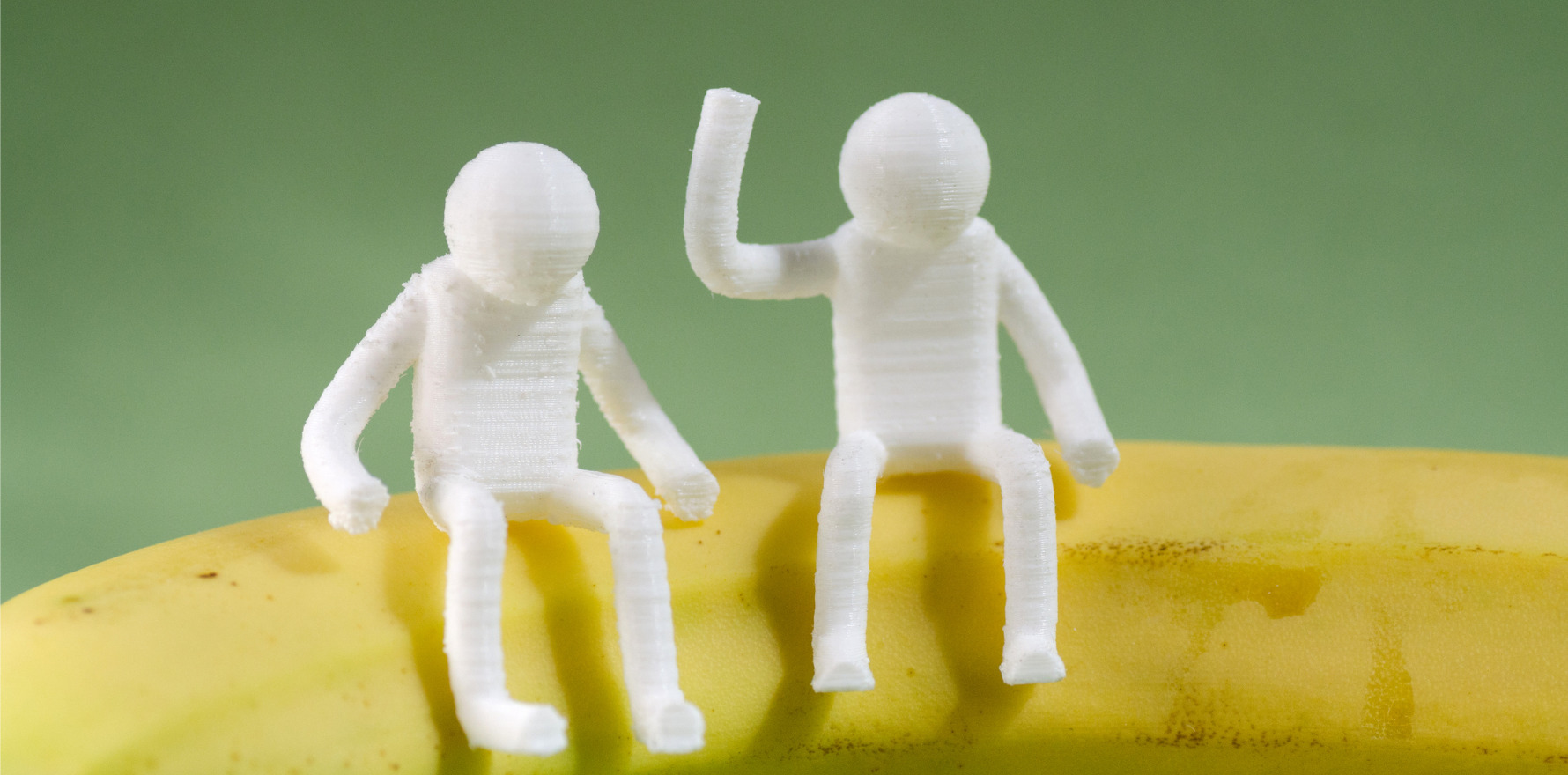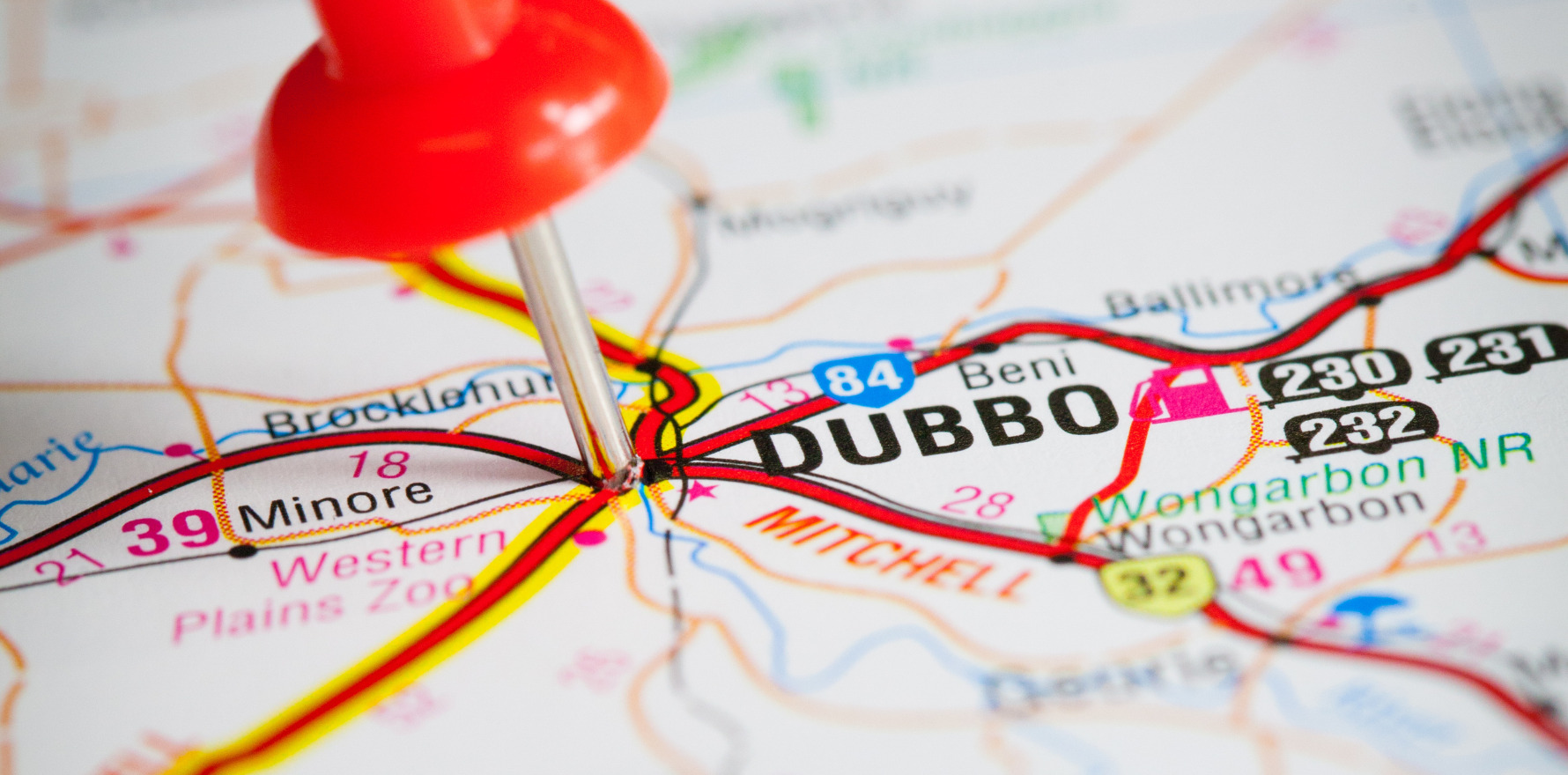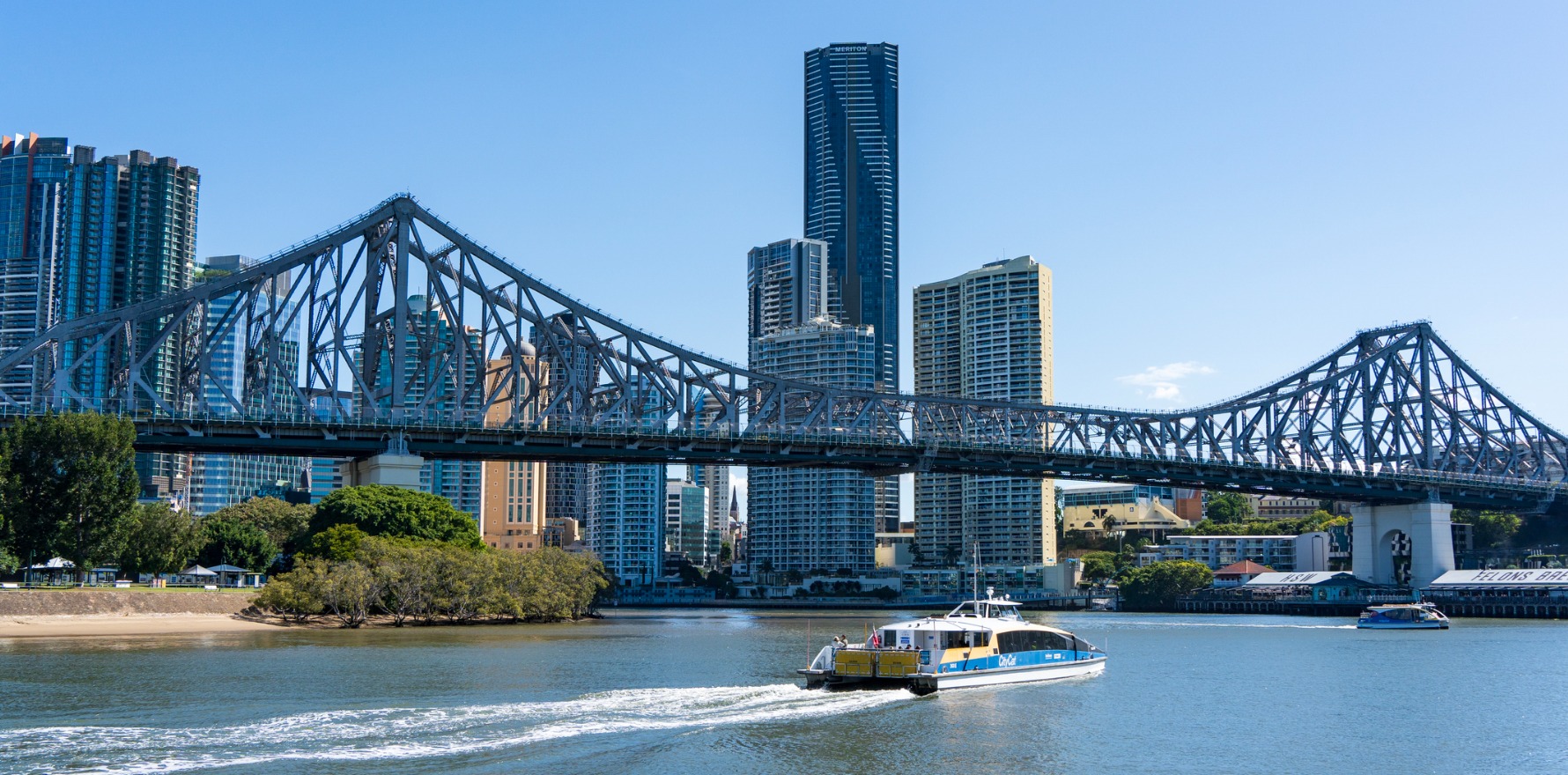28 May 2025
Aussie team prints patient’s own skin directly onto wounds

Robotic 3D bioprinting is being used to apply autologous skin cells directly to burn wounds, accelerating healing and reducing pain.
Australian clinicians are pioneering a world-first clinical trial that could redefine the standard of care in burn treatment.
Researchers and surgeons at Concord Hospital, in collaboration with biomedical company Inventia Life Science, have begun using robotic 3D bioprinting to apply a patient’s own skin cells directly to their wounds.
The technology, driven by the Ligo Surgical Robot, delivers autologous skin cells with surgical precision onto damaged tissue.
Developed by Inventia, the device enables real-time, in-theatre application of bio-ink generated from cells extracted in Concord’s Burns Unit Skin Laboratory.
Currently in a safety phase of a human clinical trial, the technology is being used on surgically created donor site wounds post-graft. Once validated, the team plans to expand use directly to burn sites and complex full-thickness wounds.
Dr Jo Maitz, leader of the Burns and Reconstructive Surgery Research Group, is leading the ground-breaking clinical trial.
“This is the future. It is a world first, at Concord Hospital, to 3D print at the bedside,” Dr Maitz said.
Graduate nurse Rebecca Jane Torbruegge was part of the trial. She had burned her leg while driving a go kart at Eastern Creek and soon after realised something wasn’t quite right.
“When my skin started bubbling, I knew something was wrong and I got in touch with the Burns Unit at Concord,” she said.
Ms Torbruegge said when Dr Maitz told her about the trial she had “thought about it for a bit and then thought, ‘yeah, why not’”.
“I was so surprised there was no pain – I was expecting some pain – at least in the spot where they took the graft – but it was fine. My biggest issue was staying still for six days,” Ms Torbruegge said.
Inventia LifeScience recently received over $3 million to continue advancing the Ligo Surgical Robot as part of the latest round of the NSW Government’s Medical Devices Fund.
NSW health minister Ryan Park visited the facility with medical research minister David Harris and other government representatives earlier this month.
“This is life-changing technology which can make a world of difference to people with burns injuries and soft tissue loss and further enhances Concord Burns Unit’s reputation as a developing centre of excellence for burns care globally,” Mr Park said.
“We know people with serious burns face a range of medical complications, including wound healing and scarring, so this breakthrough offers a promising new approach to accelerate recovery, reduce pain and improve long-term outcomes for patients.”




